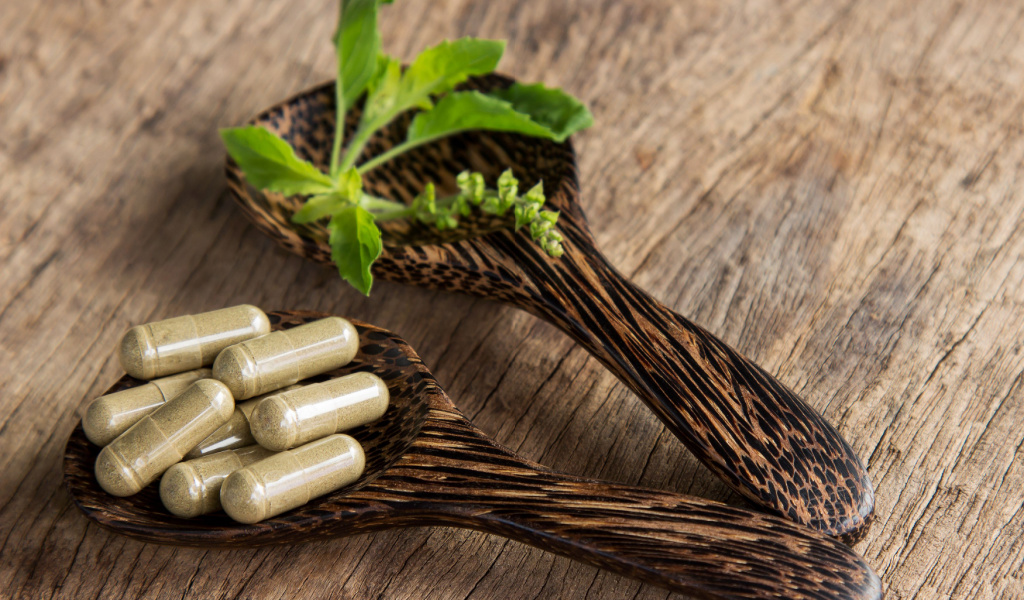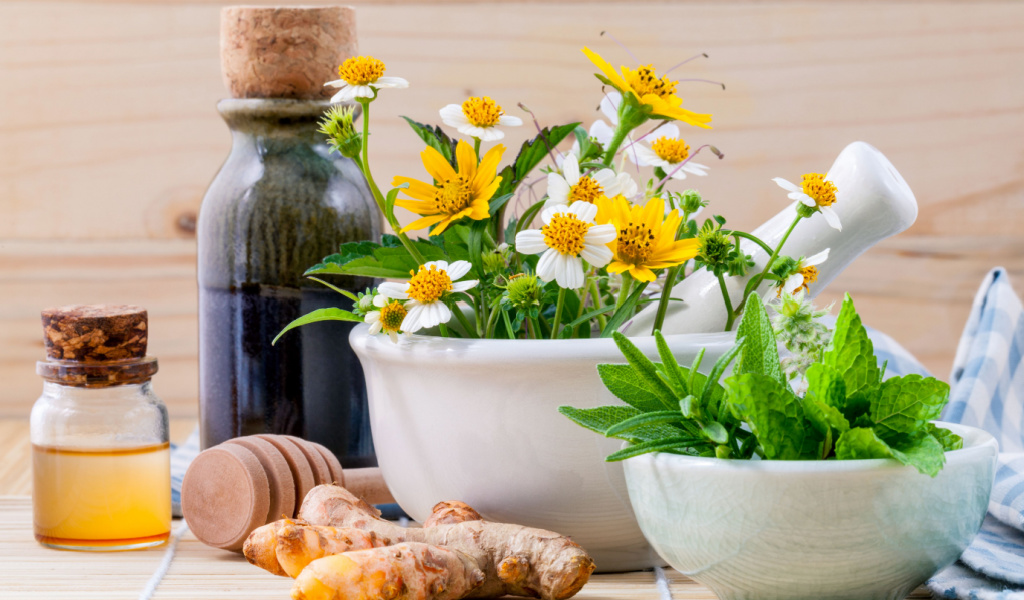Are you someone who’s way too familiar with rummaging through the medicine cabinet multiple times a week to find painkillers or other medicine to alleviate some sort of discomfort? And no matter how many times you take them, the problem always seems to return a few days later. The reason for this is that these OTC medications only treat the symptoms and not the underlying disease. Plus, overuse of such medicine can cause irreparable harm to your body and organs.

So, why not help your body heal itself while also minimizing unwanted side effects? We’re talking about mother nature’s own medicine, of course. And the good news is that there are so many types of natural painkillers out there. Here are the best natural painkillers that can help you alleviate pain and other discomforts:
Aloe Vera
The medicinal properties of aloe vera are no secret. It has been used for centuries to treat everything from skin issues to boosting digestion. It is chockfull of anti-inflammatory properties, not just salicylate, but also bradykinin. Additionally, it also contains glucosamine, which helps alleviate pain and stiffness caused by arthritis. Manganese, calcium, and zinc in aloe also help fasten the healing process in joint-related injuries.
Turmeric
Turmeric is one of the most popular spices anywhere in the world. For instance, households around India use turmeric almost every day for everything from curries to teas and juices. It’s not just its signature bright yellow color that makes turmeric a popular spice, but also, its many health benefits. Turmeric has been used for centuries in traditional medicine including Ayurveda, Siddha medicine, traditional Chinese medicine, Unani, and others, thanks to its anti-inflammatory and pain-relieving properties.
Neem
The neem tree is native to the Indian subcontinent, and its leaves have been used for their medicinal properties for ages ago. They are rich in alpha-linolenic acid, a compound that lower inflammation, thereby providing relief from joint pain, reducing stiffness, and improving flexibility. But that’s not all. The neem tree is said to contain over 130 different biologically active compounds, which is why it’s called “an arboreal blessing”.
Chili Peppers
The main component in chilies, capsaicin, is what gives chilies their heat. Surprisingly, capsaicin also has painkilling and anti-inflammatory properties. It works by reducing Substance P, a pain transmitter in your nerves. If you’ve ever had something spicy while you’ve got a blocked nose, you know that spicy foods can help clear your sinuses and open up the airways. It’s the capsaicin doing its job!
Feverfew
Coming from the family of daisies, feverfew has a larger yellow middle and small white petals. Appearances aside, feverfew has been said to contain pain-relieving properties for people with migraines due to a biochemical substance called parthenolide. This substance is said to stop the widening of blood vessels that cause migraines, thereby preventing them.

Valerian Root
Valerian is a flower that is native to Europe, and the extract of its root has been widely used for its healing properties. Intriguingly called “nature’s tranquilizer”, valerian root is used to regulate the nervous system and combat issues such as stress, anxiety, irritability, insomnia, and more. Since valerian root also contains a muscle relaxant, it can also be helpful in treating back injuries, migraines, or even irritable bowel syndrome.
Birch Leaf
Birch leaves contain several anti-inflammatory properties, including the chemical compound methyl salicylate, which mimics the salicylic acid found in aspirin. This is why they have been used to treat ailments such as arthritis, rheumatism, and other acute injuries.
Black Pepper
Piperine, the active ingredient in black pepper, is a powerful anti-inflammatory agent that has an analgesic effect. This makes it ideal for the treatment of inflammatory conditions like rheumatoid arthritis and colitis. Additionally, combining it with turmeric helps improves its bioavailability as well.
Pineapple
Pineapples aren’t just a delicious tropical fruit; they are also a major source of the protein-digestive enzyme called bromelain. Scientific studies have shown that bromelain can reduce physical symptoms of knee pain and hip arthritis, as well as inflammation caused by strains and sprains. It works by diminishing the molecules that trigger the inflammatory process in the body.
Apart from bromelain, pineapples also contain vitamin C and manganese, which are both essential in the treatment of inflammatory conditions such as osteoarthritis.
Cardamom
Cardamom is another spice that’s popular all around the world. Other than giving food a wonderful aroma, cardamom is also a great source of antioxidants that help protect against aging and stress. Additionally, cardamom can also be used to treat muscle and joint pain, urinary tract diseases, and infections like cystitis.

Cloves
Another spice that is also widely used as a natural painkiller is cloves. They are full of antioxidants, and one in particular, called eugenol is even used in some over-the-counter pain-relief ointments. The powerful properties of cloves can help lessen your risk of developing heart disease, and diabetes, and even fight against certain cancers. They can be used to treat a variety of ailments from nausea, and headaches, to indigestion and arthritic inflammation.
Ginger
Another powerful natural painkiller is ginger, and it has been used for centuries too. Ginger is widely used to help patients who have arthritis or chronic joint issues from pain. This is said to be because of the salicylates that are present in ginger. The body takes them and transforms them into salicylic acid, which stops your nerves from making certain prostaglandins, which, in turn, eases pain and discomfort.
But that’s not all, there are scientific studies that are looking into claims that ginger can help in everything from lowering menstrual cramps to headaches as well.
Garlic
Garlic isn’t just great to ward off vampires – it can also help a great deal in warding off pain. Garlic contains several chemicals that block the inflammatory pathways – similar to how ibuprofen works. It has powerful antibacterial, antiviral, and antifungal properties. These are what makes garlic a great natural medicine for infections in the throat or ear.
Arnica
Arnica is another natural ingredient that has been known for its medicinal qualities. It is particularly effective in treating issues such as muscle aches, sprains, wounds, inflammation, and bruising. Professional athletes have also been known to use arnica to help them recover after an exhausting day, to heal acute injuries, or even as post-surgery care.
Wild Lettuce
This tall plant with yellow buds is sometimes also called opium lettuce. Don’t worry, it doesn’t actually contain any opium. But it does contain sedative properties that produce a similar effect as opiates, making it a great tool for treating problems like migraines, insomnia, and anxiety. Wild lettuce can also be used to treat conditions like asthma and cough because it contains antitussive properties.



